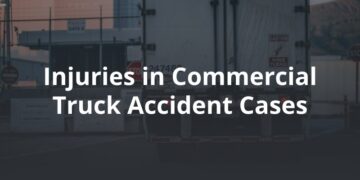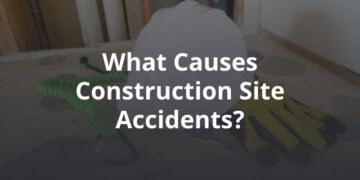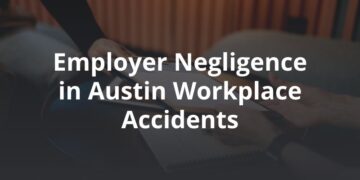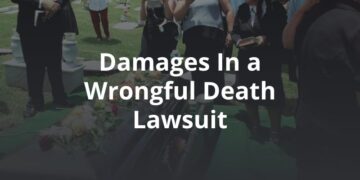When navigating the complex realm of personal injury law in Austin, TX, two commonly heard terms are “negligence” and “negligence per se.” They might sound alike, but they’re not twins—more like cousins. They both talk about when someone messes up and causes harm but in different ways.
Imagine if someone didn’t tie their shoe and tripped over the lace, causing you to fall. They didn’t mean to, but they weren’t careful. That’s a bit like “negligence.”
Now, picture someone running a red light when they should’ve stopped. They broke a rule. That’s closer to “negligence per se.”
Knowing the difference between these two terms is like having a map in the tricky world of personal injury law. It’s super important, especially if you think someone’s mistake or rule-breaking hurt you or someone you care about.
Negligence: The Standard of Reasonable Care
At its core, negligence refers to the failure to exercise the expected level of care, which leads to injury or damage to another party. The benchmark for this “expected level of care” varies based on the situation.
For instance, consider a doctor in Austin. This medical professional is expected to provide the utmost care when attending to patients. They could be deemed negligent if they act carelessly, resulting in harm.
How Can You Prove Negligence?
To prove negligence, the following components must be established:
- Duty of Care: The defendant (the person being accused) was responsible for acting with care.
- Breach of Duty: The defendant failed to uphold this duty.
- Causation: This failure directly and proximately led to injury or damage.
- Damages: The plaintiff (person making the claim) suffered a loss.
The court or jury will decide if another prudent individual would have acted differently under the same circumstances. This often necessitates detailed investigations, witness accounts, and sometimes expert opinions.
Negligence Per Se: The Obvious Breach
Have you ever heard the term “per se”? It’s a fancy way of saying “by itself” in Latin. So, when lawyers or judges talk about “negligence per se,” they point out a mistake someone made by simply breaking a rule or law.
Think of it like this: Imagine a school rule that says no running in the hallways. If a student runs and accidentally bumps into someone, causing them to drop their books, that student breaks the rule. There’s no need to debate it; the law was there and broken.
Similarly, in the world of laws and courts, “negligence per se” is when someone’s action directly breaks a specific law that’s there to keep everyone safe. It’s like a clear sign that says, “Hey, this person made a mistake!” The person at fault can’t easily argue against it because they went against a rule meant to protect people.
Negligence Per Se Examples
Examples of actions that could lead to negligence per se claims:
- Exceeding speed limits.
- Disregarding building codes.
- Driving with a blood alcohol level above the legal limit.
- Not following consumer product standards.
- Breaching federal or local Austin regulations.
Compared to regular negligence claims, negligence per se cases are often more straightforward. The jury doesn’t need to ponder if the defendant’s actions were reasonable. They weren’t, given the law violation. However, it’s still essential to determine if this violation caused injury or damage.
Which Type of Negligence Applies to Your Case?
Okay, so we’ve got these two big terms: “negligence” and “negligence per se.” But which one is the right fit for what happened to you? It’s like choosing the right tool for a job, and it can get tricky.
For folks in Austin who find themselves hurt because of someone else’s actions, it’s important to team up with a smart lawyer. They’re like guides in a dense forest, helping you determine which term best describes your situation.
Did someone’s mistake or rule-breaking hurt you or a friend? Knowing the difference between “negligence” and “negligence per se” is like having the right key to open a door. It’s essential for finding a fair solution. So, always think about getting advice from a skilled lawyer to make sure you’re on the right track and your rights are safe and sound.
Contact Our Personal Injury Law Firm in Austin, TX
If you’ve been injured in an accident in Austin and need legal help, contact our Austin personal injury lawyers at FVF Law to schedule a free consultation with our team.
FVF Law
3101 Bee Caves Rd #301, Austin, TX 78746, United States
(512) 982-9328






